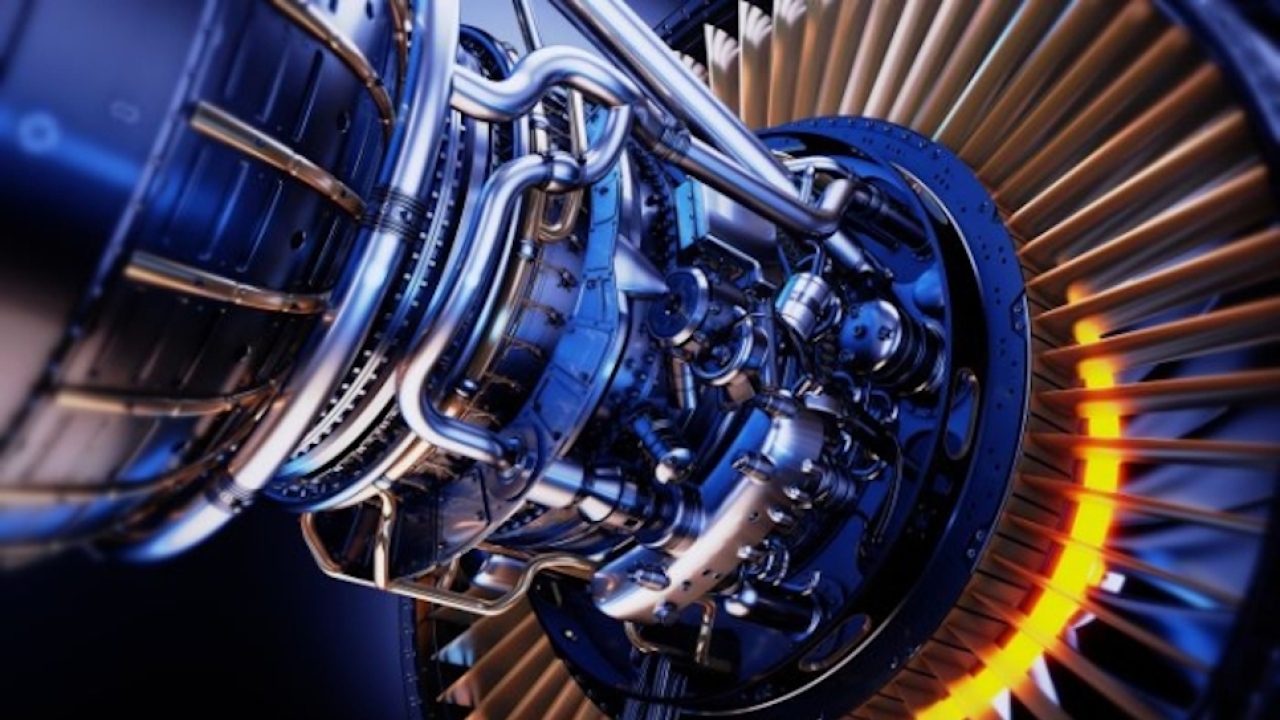Engineers in the ascendant
There’s never been any doubt about the important role that engineers play in aerospace at all levels, outside and inside the airframe.

Once the indispensible third person at the back of the cockpit, engineers today are regaining a visibility in line with the extent of their contribution. Today they’re as likely to be immersed in code as metallurgy and tooling.
Honeywell’s Anne Lilywhite, writing in the Farnborough International News Network (FINN), said modern cockpit systems are the result of engineering design blending physical hardware.
“Innovation thrives by thinking differently,” she said.
“Although engineers do not fly the aircraft themselves, having a deeper understanding of what the pilot and flight crew require for better planning and a safer journey is a key factor in building and delivering the most advanced, innovative cockpit technologies.
“We focus on learning, adapting and working to find the best solutions for the challenging issues we face.”
The leading work of Honeywell engineers in avionics, mechanical components and propulsion systems has led to what the company calls the ‘connected aircraft’. It’s a suite of interconnected services and applications, through which operators can manage and control their satellite communications and connectivity network from an online portal or mobile device.
“We live in a world of growing connectivity and a seemingly endless amount of information,” said Lilywhite, “and the cockpit systems we design help lead the way in a connected aerospace world.”
Stay up to date
Subscribe to the free Times Aerospace newsletter and receive the latest content every week. We'll never share your email address.

